|
Jill Magid, "The Proposal: The Dinner," Museo de Arte de Zapopan, Guadalajara, Mexico, July 19, 2014. As the spectacle of the 2016 United States presidential elections played out over the summer, Mexico hosted a surreal visit by a well-known, polarizing New Yorker. Mirroring Trump in her own way, Brooklyn-based conceptual artist Jill Magid brandished symbols of wealth and messianic messaging, while conducting a master-class in media manipulation. Much ink was spilt last year on her controversial mission to insert herself “into the life of a dead man,” with her four-year project The Barragán Archives (2012-16). The work was generally celebrated by standard-bearer publications and has been widely circulated on social media. In Mexico, however, the reception to Magid’s work has been decidedly more ambivalent. And broader questions loom: how are journalists to report stories responsibly when truth seems to matter less than attention, and the very fact of reporting becomes, itself, a post-truth prop? With hollow justifications of “alternative facts” ringing in our ears daily, it feels more than slightly uncomfortable to lift another skillful prevaricator upon our shoulders.
0 Comments
Rita Ponce de León and Tania Solomonoff, Desconocer juntos, ir a otro, 2016.I’ve often found myself wondering whether it would really be such a radical gesture to show a majority of work by women without bracketing it as women’s work. What would it be like to experience a city filled with exhibitions that weren’t reinforcing the patriarchal tendencies of the art world?
"Guzmán’s capture and the economic recovery set the table for Acurio to serve the meal. But Acurio didn’t just serve dinner; gastronomy emerged a dominant force because absent a thriving arts climate, it gave Peruvians a contemporary cultural product that became a source of national pride around which people could gather regardless of politics."Fatima Rodrigo, 'Otras Tardes', Installation view, Garúa, Photo courtesy Garúa, Photo: Pablo HareAs soon as we had landed in Lima, the city was abuzz with talk about the fair. There were arguments over which was this year’s best stand; complaints about crowds and entrance fees; and scandal sparked by a critic’s declaration, in El País, that the whole affaire was ‘over’.
Sarah Minter, Viajes (2014) It was my first week in Mexico City and someone was screaming outside my window. At first I thought it was a drunk headed home from a nearby bar; as it grated on, I realized this was no drunk.
Review of Beyond Lawn and Order at José Garcia Gallery in Art Review October 2016Nicolas Ceccaldi, 'To be Titled', 2016, Courtesy of House of GagaThe mass-produced paintings that adorn dentists’ waiting rooms and model show homes are inoffensive but, invariably, depressingly dull. The absence of any specific referents in their anodyne landscapes renders obvious their assembly-line fabrication. They call to mind modernist Hermann Broch’s definition of kitsch as the product of ‘an emergent bourgeoisie caught between contradictory values: an asceticism of work on the one hand and an exaltation of feeling on the other’.
Chelsea Culp, Installation Miss Universe, 2016, YautepecChelsea Culprit’s Miss Universe reimagines the titular parade of competitive objectification as the psychic mise-en-scène of a strip club locker room, strewn with all the defences, reconciliations and intimacies needed to survive the pressure to perform.
|
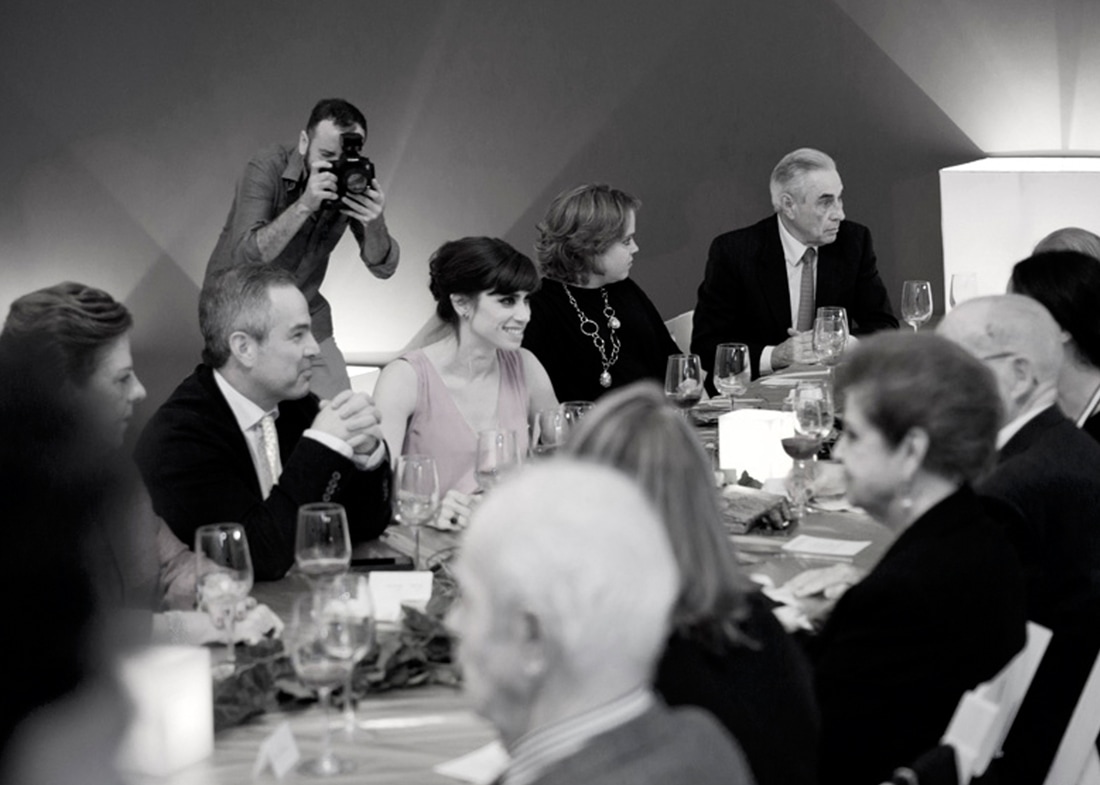
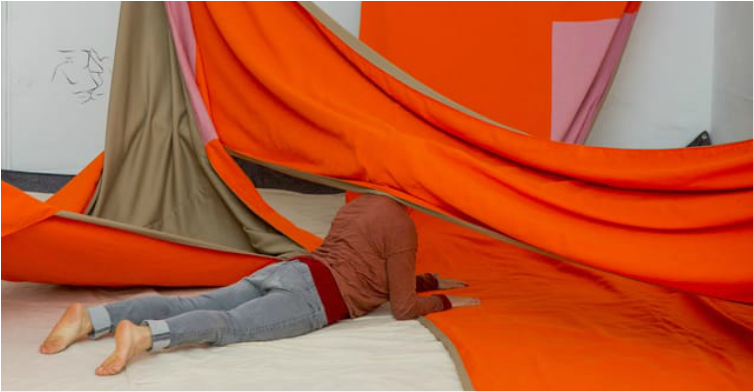
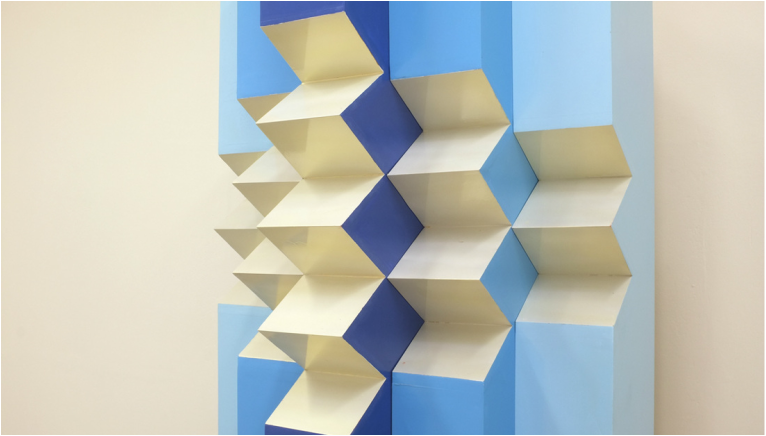

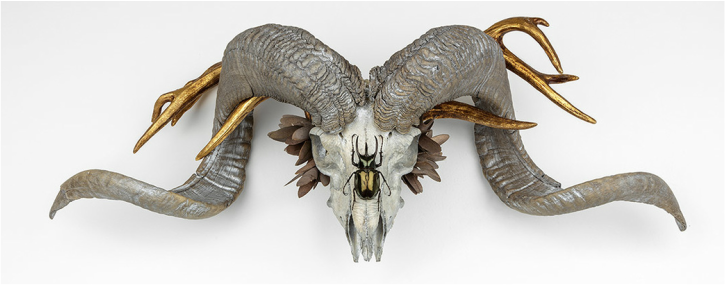
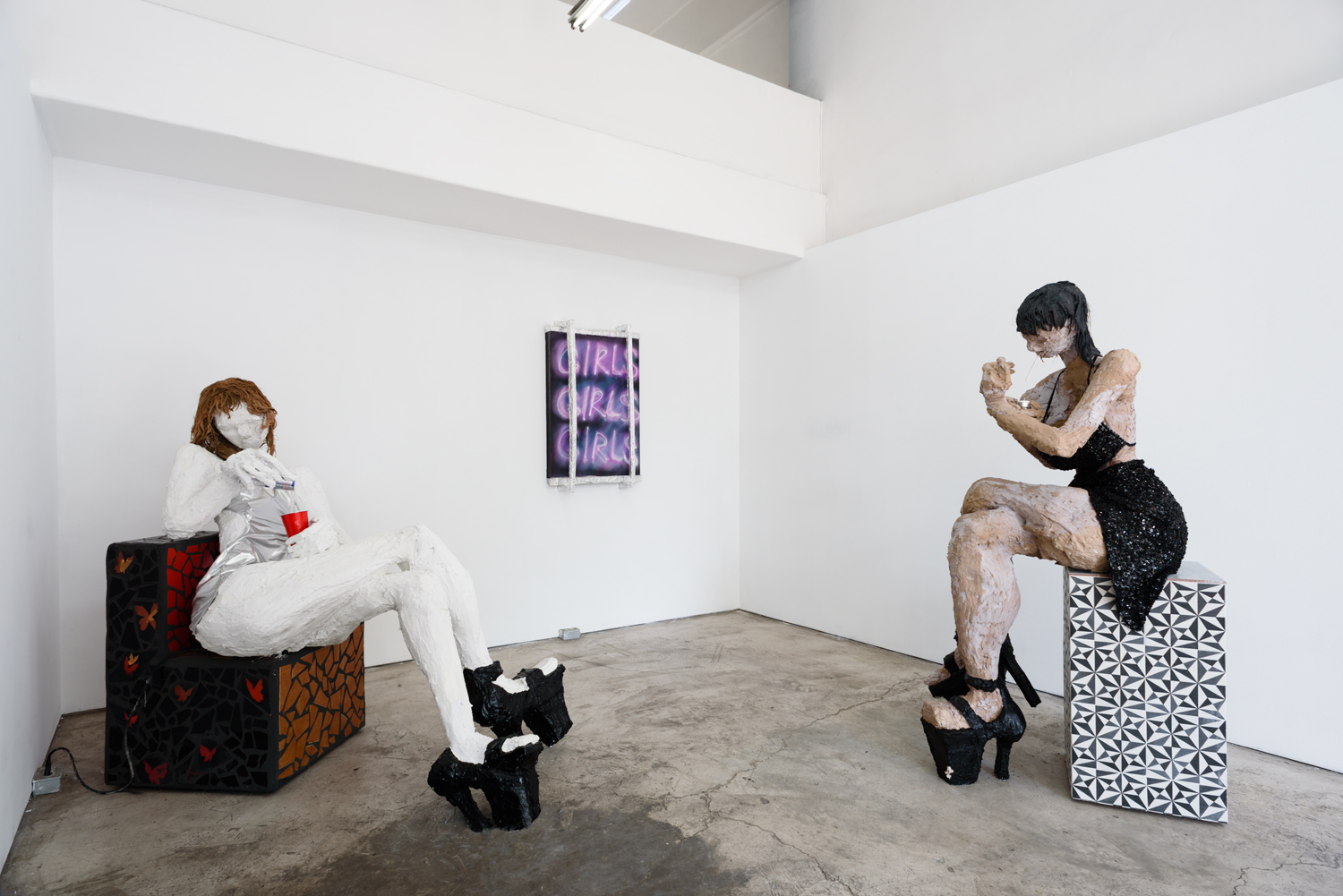
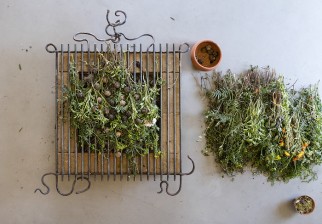
 RSS Feed
RSS Feed
